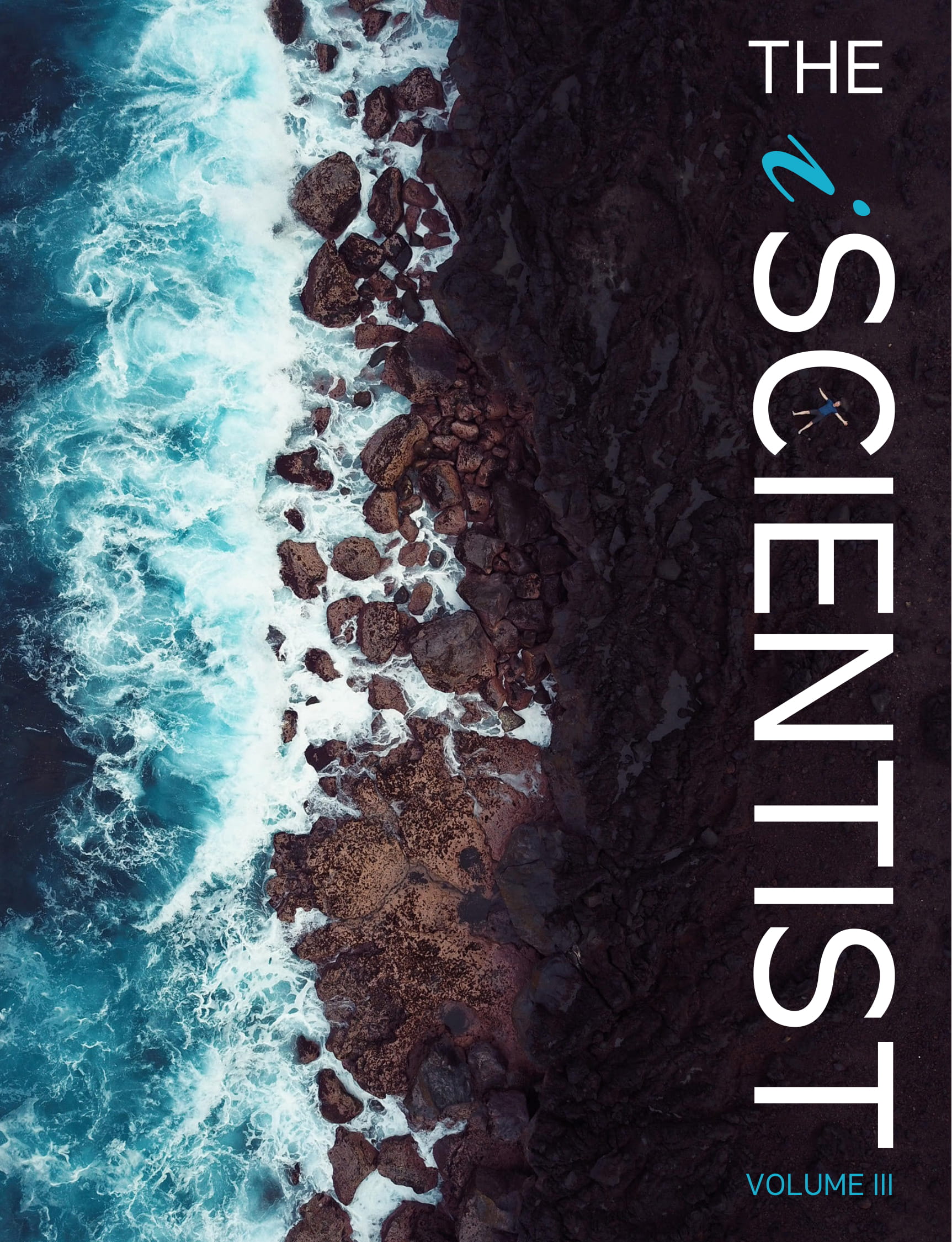Effects of Anthropogenic Acetylsalicylic Acid Contamination on Ecological Interactions
Keywords:
Myzus persicae, Arabidopsis thaliana, acetylsalicylic acid, anthropogenic impacts, soil contamination, crosstalk, ecological interactions, immune pathwaysAbstract
Pharmaceutical soil contamination has become a rising concern based on its potential impacts on ecological interactions. Acetylsalicylic acid (ASA), also known as Aspirin, is a commonly used medication that has been found to have an impact on plant defence by enhancing salicylic acid immunity pathways. This study aimed to determine the impact of varying ASA soil concentrations on the population growth of Myzus persicae on genotypically different strains of Arabidopsis thaliana. Additionally, this study analyzed how varying ASA soil concentrations impact the plant growth of A. thaliana. Two ascension lines of A. thaliana were used in this experiment: the wild-type Col line and the mutant salicylic acid induction-deficient sid2. Each plant was treated with one of four aqueous ASA concentrations (0M, 1.1nM, 11nM, 0.2mM). Overall, sid2 plants experienced a negative mean aphid population growth rate relative to the Col plants. It was concluded that neither genotype nor ASA concentration had a significant impact on the population growth of M. persicae. Interactions between genotype and ASA concentrations were found to be significant for both aphid population and bolt height responses. A greater reduction in aphid population was observed as ASA concentration was increased for both genotypes, while an inverse relationship was observed between ASA concentration and bolt height growth. There were no observable effects of bolt height on M. persicae population growth. Overall, investigating the interactions between M. persicae and A. thaliana in the presence of acetylsalicylic acid provides further evidence for the ecological impact of pharmaceuticals, and the importance of minimizing this contamination.
References
Association of Metropolitan Water Agencies. (2008). Pharmaceuticals in the Water Environment. National Association of Clean Water Agencies.
Brodersen, P. (2005). The Role of Salicylic Acid in the Induction of Cell Death in Arabidopsis acd11. Plant Physiol., 138, 1037-1045.
Cleuvers, M. (2004). Mixture toxicity of the anti-inflammatory drugs diclofenac, ibuprofen, naproxen, and acetylsalicylic acid. Ecotoxicol Environ Saf, 59, 309-315.
Clissold, S.P. (1996). Aspirin and related derivatives of salicylic acid. Drugs, 4, 8-26.
Conrath, U. (2006). Systemic Acquired Resistance. Plant Signal Behav, 1, 179-184.
Ghazijahani, N., Hadavi, E., & Jeong, B. R. (2014). Foliar sprays of citric acid and salicylic acid alter the pattern of root acquisition of some minerals in sweet basil (Ocimum basilicum L.). Front Plant Sci, 5.
Haahr, M. (1998). List randomiser. Randomness and Integrity Services, Dublin.
Health Canada. (2012). First Nations Food, Nutrition & Environment Study. University of Ottawa, Ottawa.
Hullé, M. et al. (2005). Geographical Location, Climate and Land Use Influences on the Phenology and Numbers of the Aphid, Myzus persicae, in Europe. Journal of Biogeography, 32, 615-632.
Kloas, W. et al. (2009). Endocrine Disruption in Aquatic Vertebrates. Ann. N.Y. Acad. Sci, 1163, 187-200.
Kourneef et al. (2008). Towards a reporter system to identify regulators of cross-talk between salicylate and jasmonate signaling pathways in Arabidopsis. Plant Signaling & Behaviour, 3, 543-546.
Leon-Reyes et al. (2010). Salicylate-mediated suppression of jasmonate-responsive gene expression in Arabidopsis is targeted downstream of the jasmonate biosynthesis pathway. Planta, 232, 1423-1432.
Louis, J. and Shah J. (2013). Arabidopsis thaliana - Myzus persicae interaction: shaping the understanding of plant defence against phloem-feeding aphids. Front Plant Sci, 4, 213.
Lyons, R. et al. (2015). Investigating the Association between Flowering Time and defence in the Arabidopsis thaliana-Fusarium oxysporum Interaction. PLoS One, 10.
Martínez, C. et al. (2003). Salicylic acid regulates flowering time and links defence responses and reproductive development. The Plant Journal, 37, 209-217.
Mewis, I., Appel, H., Hom, A., Raina, R. & Schultz, J. (2005). Major Signaling Pathways Modulate Arabidopsis Glucosinolate Accumulation and Response to Both Phloem-Feeding and Chewing Insects. Plant Physiol, 138, 1149-1162.
Moran, P and Thompson G.A. (2001). Molecular Responses to Aphid Feeding in Arabidopsis in Relation to Plant defence Pathways. Plant Physiol, 125, 1074-1085.
Morkunas, I., Mai, V. & Gabryś, B. (2011). Phytohormonal signaling in plant responses to aphid feeding. Acta Physiologiae Plantarum, 33, 2057-2073.
R Development Core Team. (2016). R: A Language and Environment for Statistical Computing. R Foundation for Statistical Computing, Vienna.
Schultz, M.M. et al. (2010). Antidepressant Pharmaceuticals in Two U.S. Effluent-Impacted Streams: Occurrence and Fate in Water and Sediment, and Selective Uptake in Fish Neural Tissue. Environ. Sci. Technol., 44, 1918-1925.
Serino, G. and Gusmaroli G. (2011). Arabidopsis thaliana as an Experimental Organism. eLS.
Senaratna et al. (2000). Acetyl salicylic acid (Aspirin) and salicylic acid induce multiple stress tolerance in bean and tomato plants. Plant Growth Regul, 30, 157-161.
Vogelmann et al. (2012). Early Senescence and Cell Death in Arabidopsis saul1 Mutants Involves the PAD4-Dependent Salicylic Acid Pathway. American Society of Plant Biologists, 159, 1477-1487.
War, A.R. et al. (2012). Mechanisms of plant defence against insect herbivores. Plant Signal Behav, 7, 1306-1320.
Wiermer, M., Feys, B. & Parker, J. (2005). Plant immunity: the EDS1 regulatory node. Current Opinion in Plant Biology, 8, 383-389.
Published
Issue
Section
License
Authors who publish with this journal agree to the following terms:- Authors retain copyright and grant the journal right of first publication with the work simultaneously licensed under a Creative Commons Attribution License that allows others to share the work with an acknowledgement of the work's authorship and initial publication in this journal.
- Authors are able to enter into separate, additional contractual arrangements for the non-exclusive distribution of the journal's published version of the work (e.g., post it to an institutional repository or publish it in a book), with an acknowledgement of its initial publication in this journal.
- Authors are permitted and encouraged to post their work online (e.g., in institutional repositories or on their website) prior to and during the submission process, as it can lead to productive exchanges, as well as earlier and greater citation of published work (See The Effect of Open Access).


